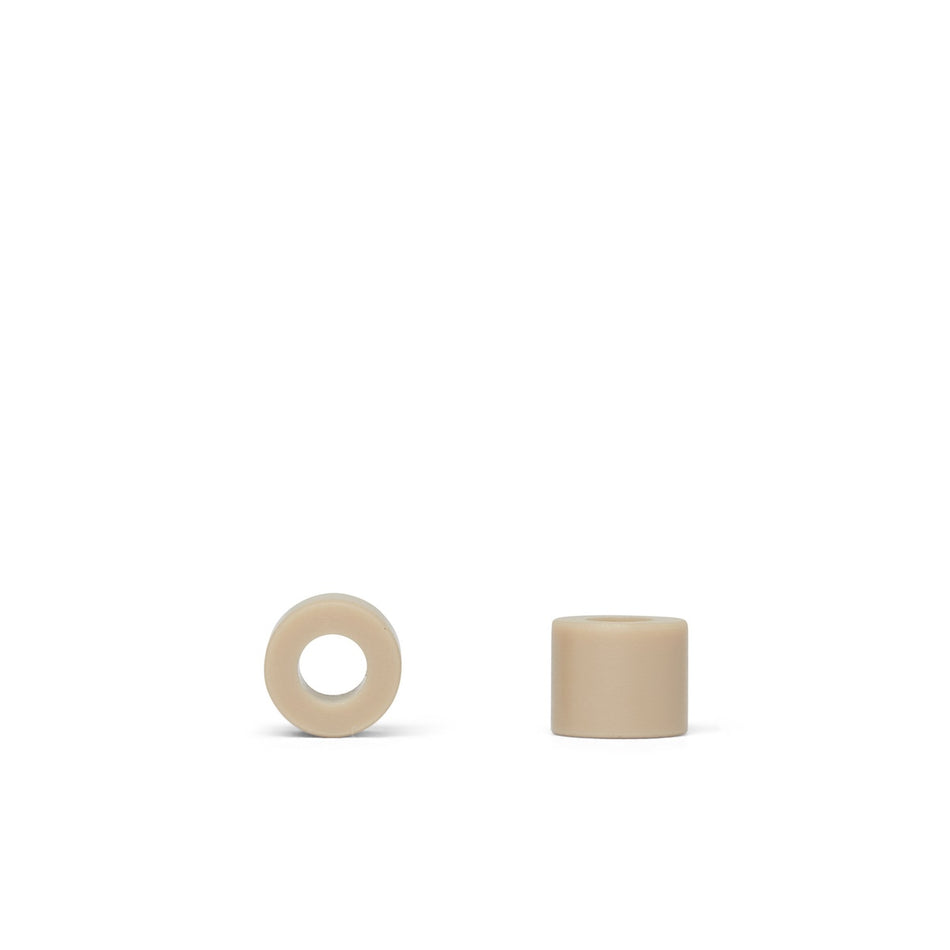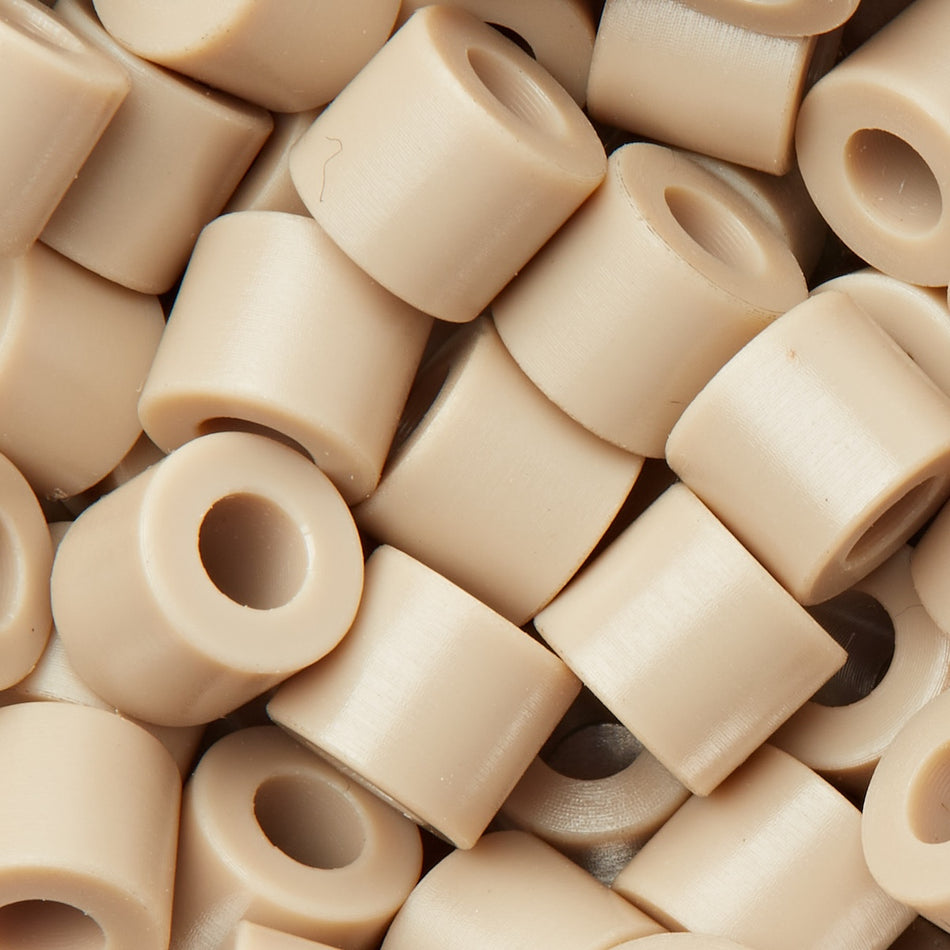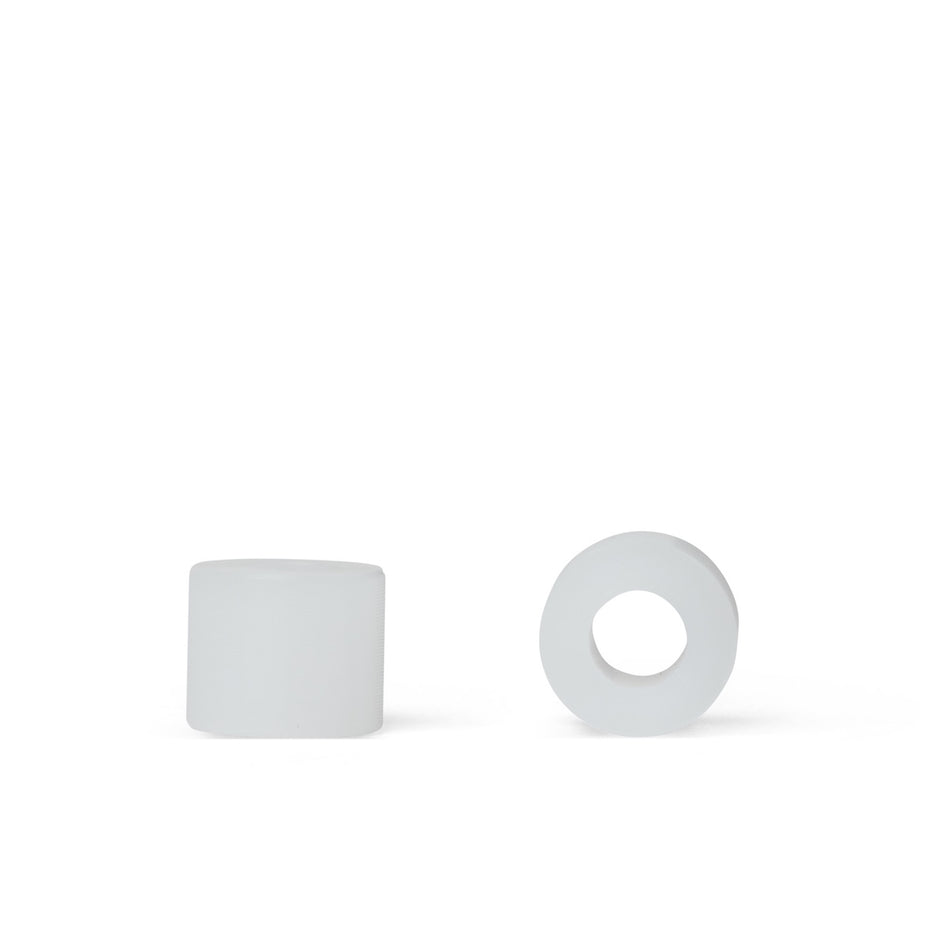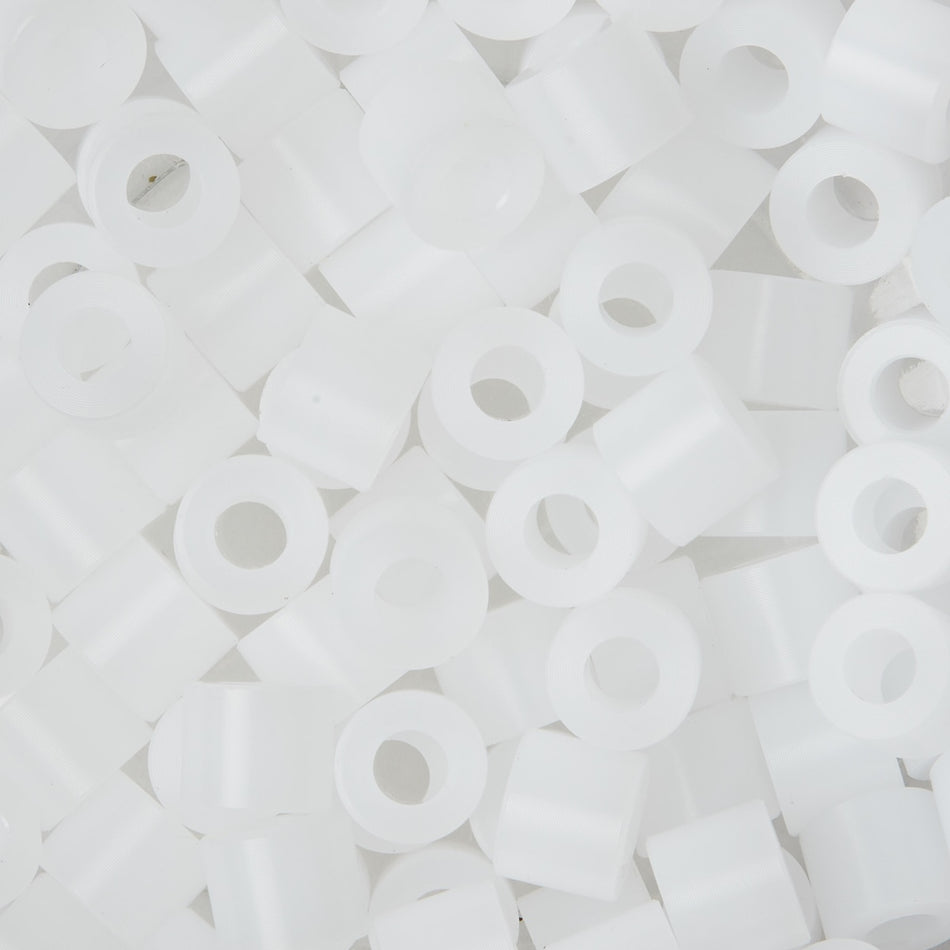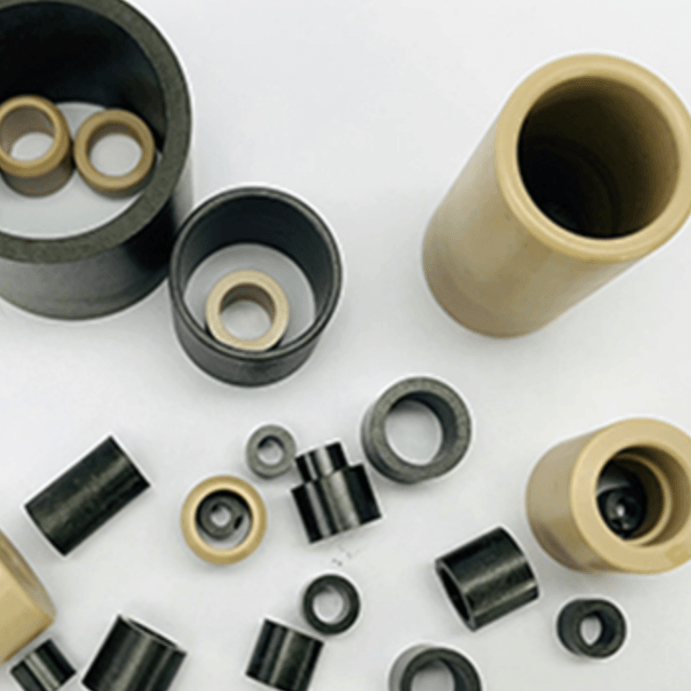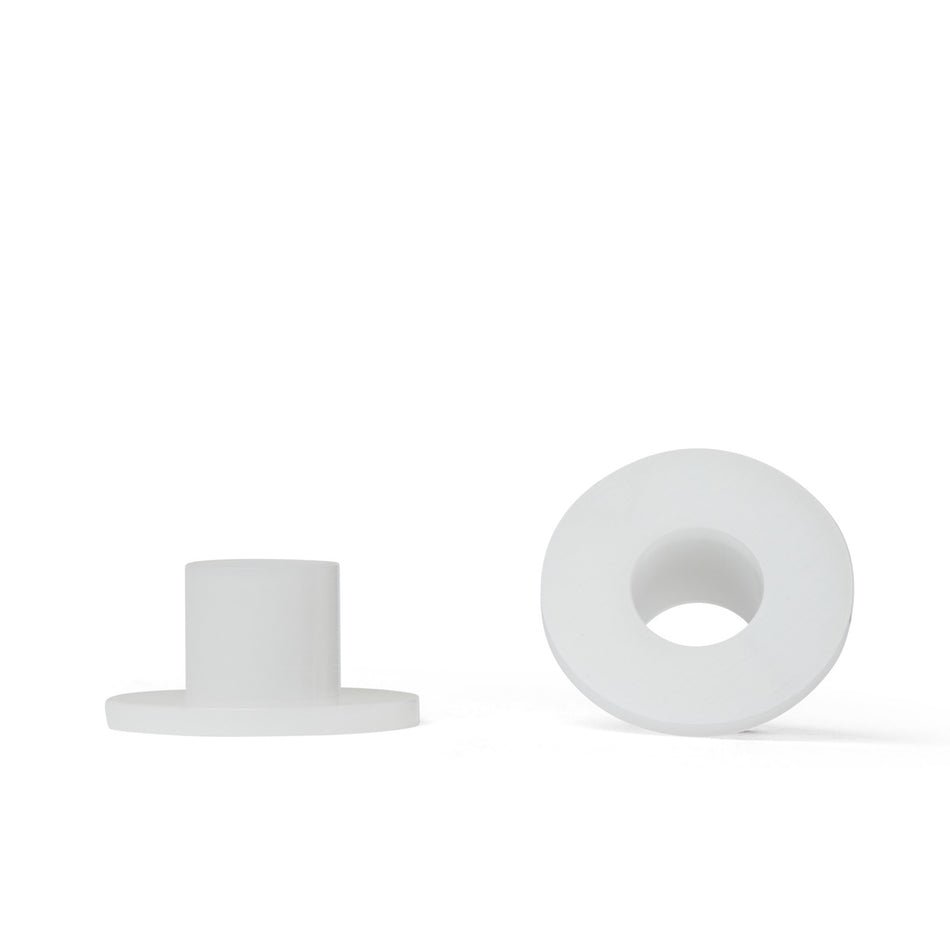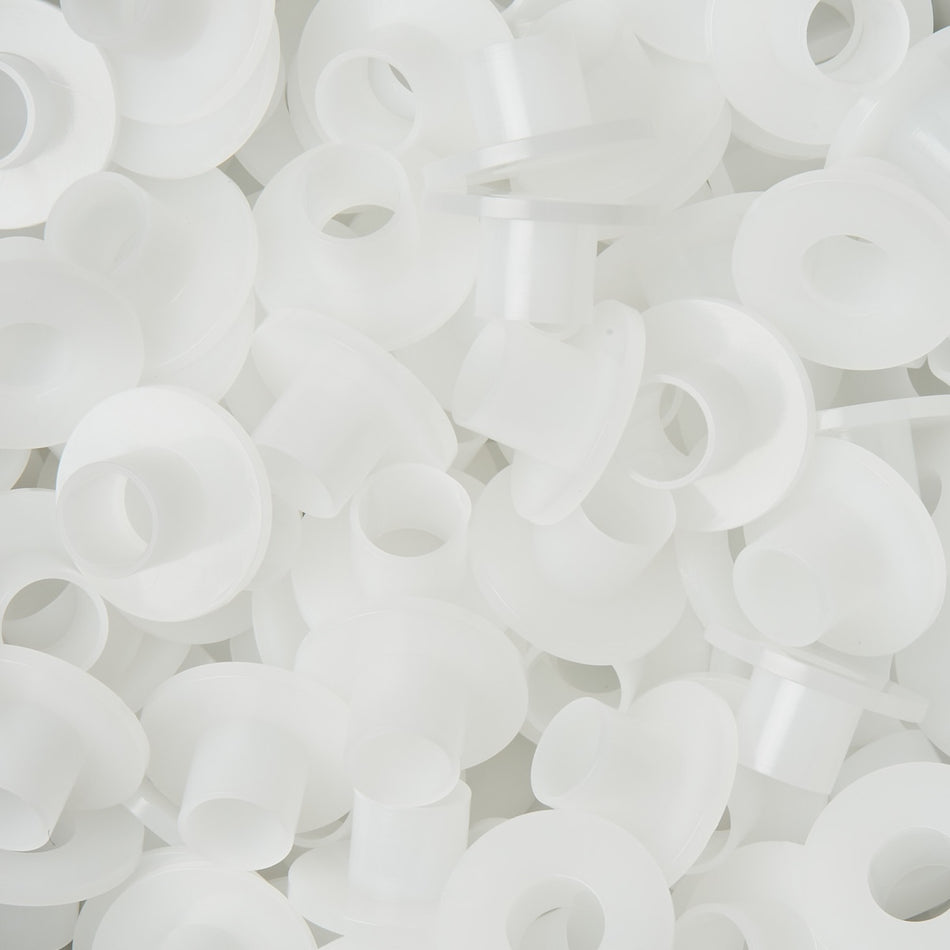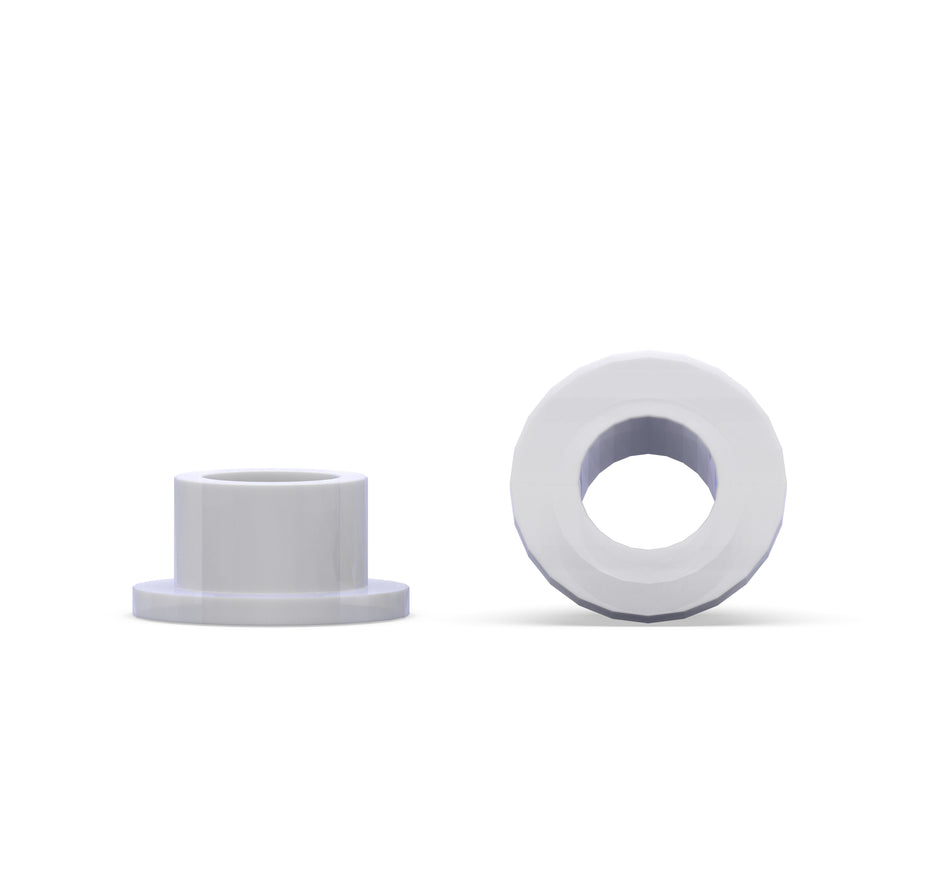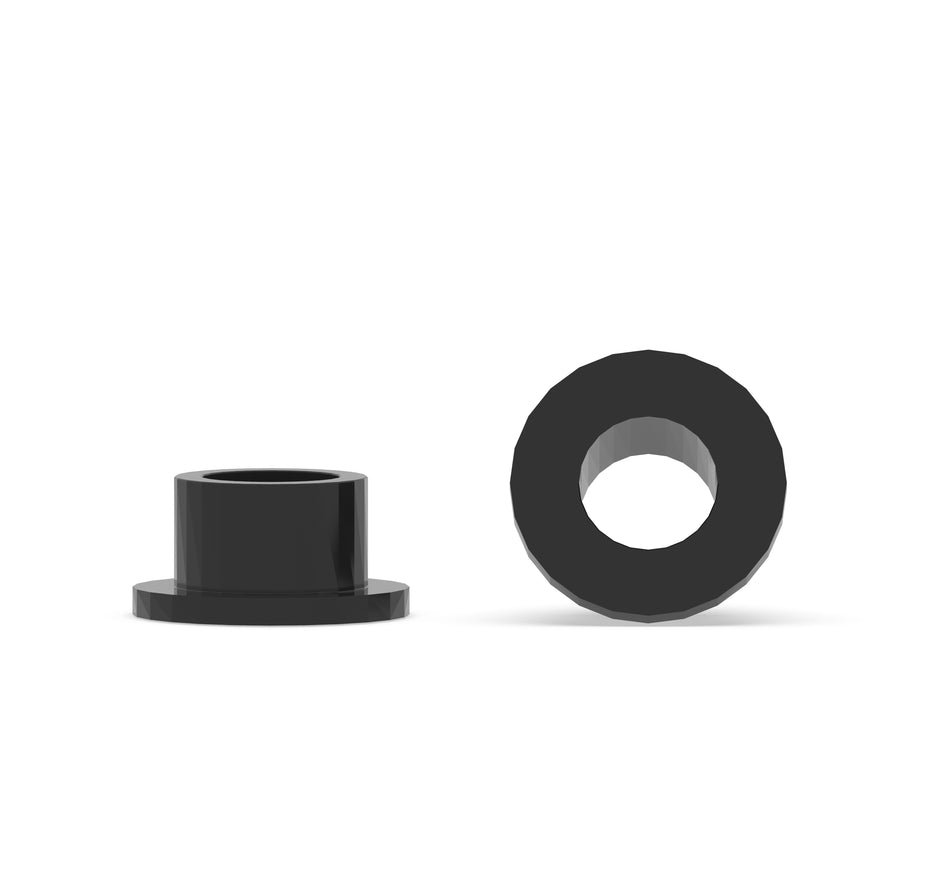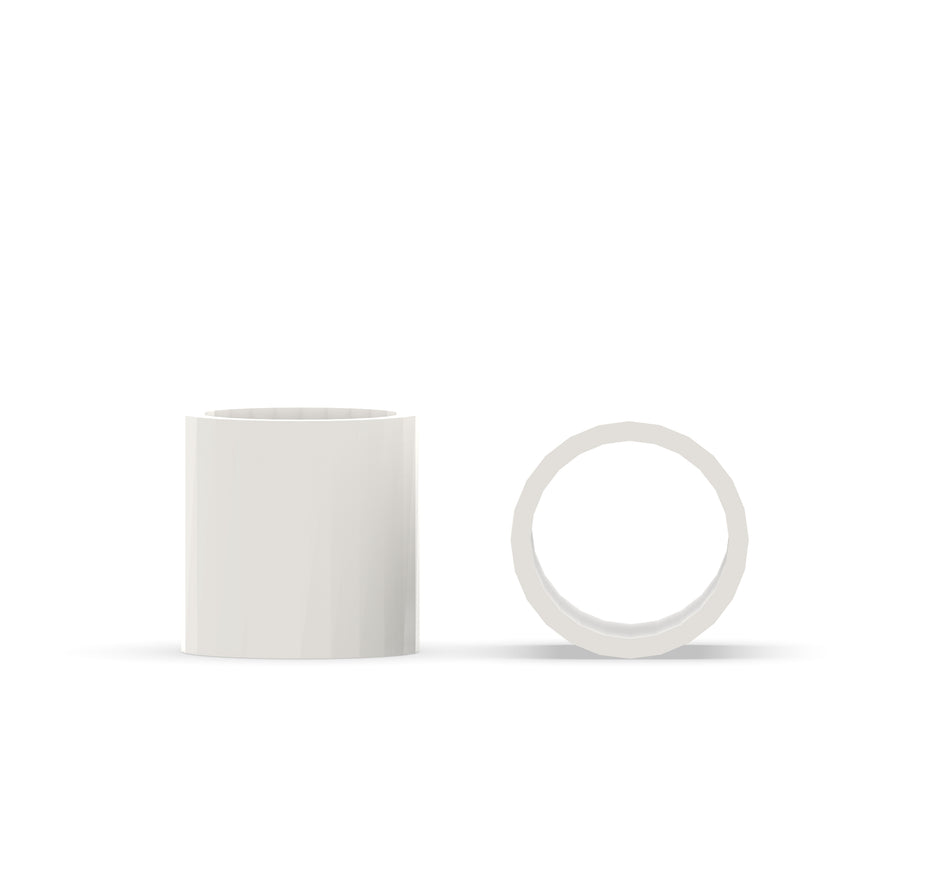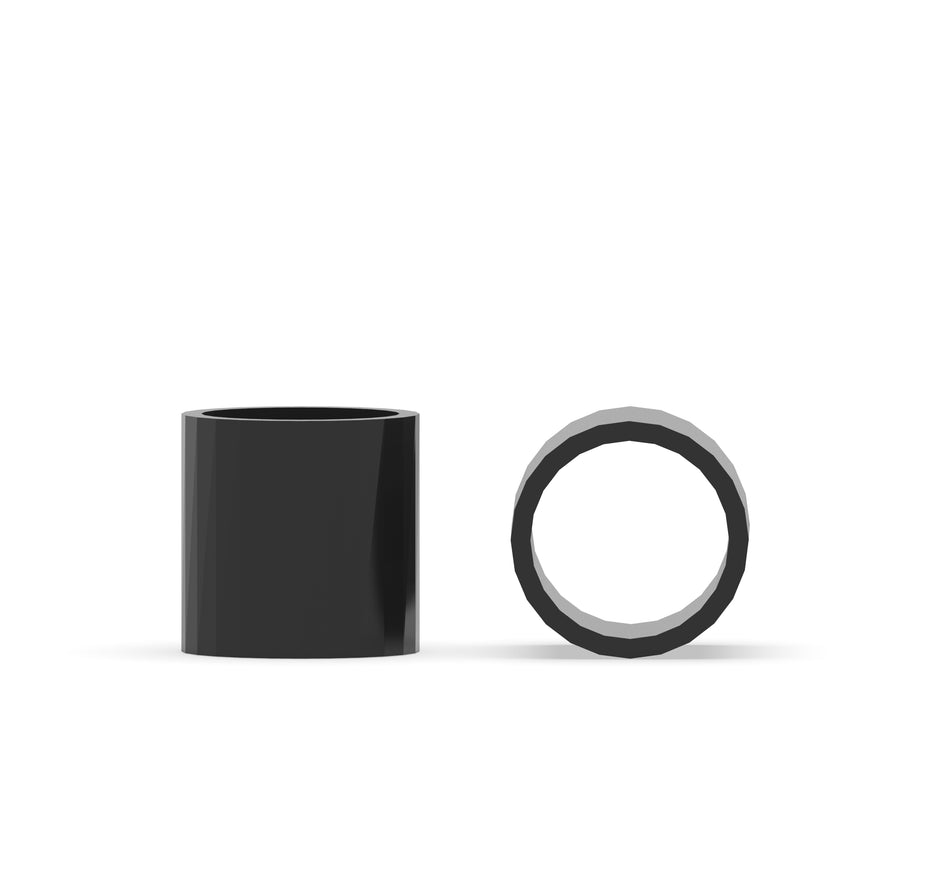48 Products
Polymer-plastic bushings, also known simply as plastic bushings, are vital components used in various industries for their versatility, cost-effectiveness, and durability. These bushings serve as essential elements in many mechanical systems, providing a low-friction interface between moving parts. This article will delve into the design, applications, and industries that commonly use polymer-plastic bushings, focusing on their importance in modern engineering.
Design and Construction
Polymer-plastic bushings are engineered components designed to reduce friction and wear in mechanical systems. Unlike traditional bushings made of metal or other materials, plastic bushings are constructed primarily from polymers, which offer several distinct advantages:
-
Low Friction: Polymer materials exhibit low friction properties, making them ideal for applications where smooth and efficient movement is essential.
-
Self-lubricating: Many plastic bushings are self-lubricating, meaning they contain solid lubricants within the material. This self-lubrication reduces the need for external lubrication and maintenance.
-
Corrosion Resistance: Polymer-plastic bushings are highly resistant to corrosion, making them suitable for use in environments with exposure to moisture, chemicals, or corrosive substances.
-
Noise Reduction: Plastic bushings often dampen noise and vibration, contributing to quieter and smoother operation in machinery and equipment.
-
Lightweight: Plastic bushings are generally lightweight, which can be advantageous in applications where weight reduction is crucial, such as in aerospace and automotive industries.
The design of polymer-plastic bushings considers factors like load capacity, wear resistance, temperature tolerance, and compatibility with the specific application. These bushings come in various shapes and sizes to accommodate different mechanical systems. Common designs include cylindrical bushings, flanged bushings, and thrust washers.
In terms of materials, some of the most commonly used polymers for bushings include:
-
Polyamide (Nylon): Nylon bushings are known for their excellent wear resistance, low coefficient of friction, and self-lubricating properties. They are suitable for a wide range of applications, including automotive suspension systems and conveyor belts.
-
Polyoxymethylene (Delrin): Delrin bushings offer exceptional mechanical strength, low moisture absorption, and resistance to chemicals. They are commonly used in applications involving high precision, such as in gears and bearings.
-
Polytetrafluoroethylene (PTFE): PTFE bushings, often referred to as Teflon bushings, are well-known for their low friction and high-temperature resistance. They find use in various industries, including food processing and medical equipment.
-
Polyetheretherketone (PEEK): PEEK bushings are suitable for applications requiring high-temperature resistance and excellent chemical compatibility. They are frequently employed in aerospace and medical devices.
Applications and Industries
Polymer-plastic bushings find applications across a wide range of industries due to their versatility and numerous benefits. Some of the key industries that use plastic bushings include:
-
Automotive Industry: Plastic bushings are extensively used in automobiles, including in suspension systems, steering components, throttle linkages, and engine mounts. They contribute to smoother and quieter vehicle operation while enduring the rigors of everyday driving.
-
Aerospace and Aviation: In the aerospace sector, plastic bushings are employed in aircraft landing gear assemblies, control systems, and cabin equipment. Their lightweight nature helps reduce overall aircraft weight, enhancing fuel efficiency.
-
Industrial Machinery: Plastic bushings play a vital role in various industrial machinery, such as conveyor systems, packaging equipment, and printing machines. Their low-friction properties and resistance to wear contribute to the efficiency and longevity of these systems.
-
Medical Devices: The medical industry relies on plastic bushings in the manufacturing of medical devices, laboratory equipment, and diagnostic instruments. Their biocompatibility, corrosion resistance, and self-lubricating properties are particularly beneficial.
-
Food and Beverage Production: Food processing and packaging machinery often use plastic bushings due to their resistance to moisture and chemicals. These bushings help maintain the hygiene and reliability of equipment in this industry.
-
Renewable Energy: Plastic bushings are employed in renewable energy applications, including wind turbines and solar tracking systems. Their ability to withstand outdoor environments and reduce maintenance costs is advantageous.
-
Marine and Offshore: In marine and offshore applications, plastic bushings are used in shipboard equipment, winches, and offshore drilling rigs. Their corrosion resistance is critical in saltwater environments.
-
Railway and Transportation: Plastic bushings are found in railway systems, providing smooth and reliable operation in components like train doors, braking systems, and suspension systems.
-
Consumer Electronics: In consumer electronics, plastic bushings contribute to the functionality of products like printers, scanners, and copiers, ensuring precise and consistent movements.
Polymer-plastic bushings are essential components in various industries, offering an array of benefits, including low friction, self-lubrication, corrosion resistance, and noise reduction. Their versatile design and material options make them suitable for a wide range of applications, from automotive and aerospace to medical devices and renewable energy. As technology advances and industries continue to demand efficient and cost-effective solutions, plastic bushings are likely to remain integral components in the world of modern engineering.


